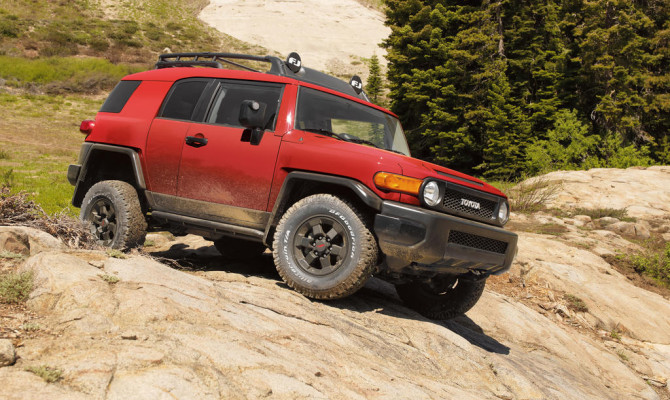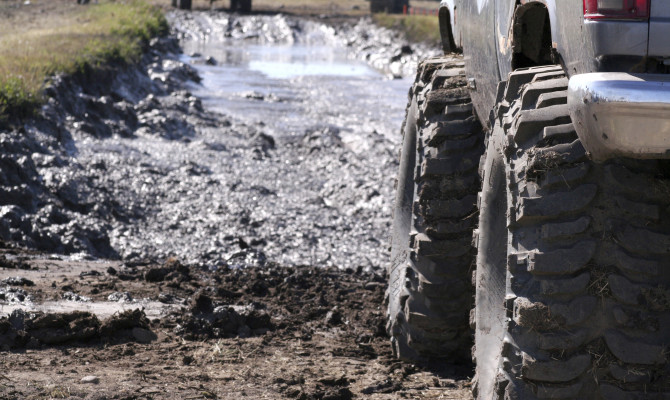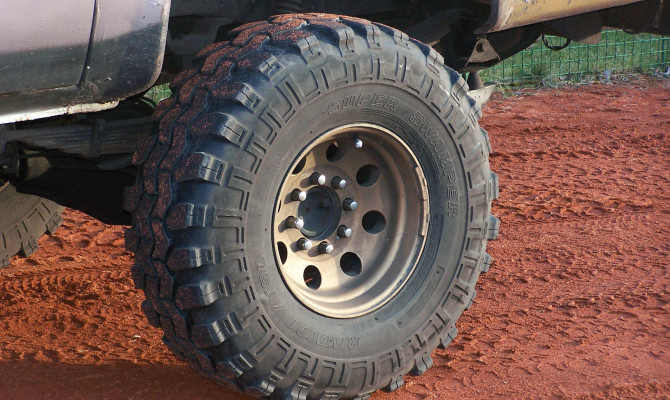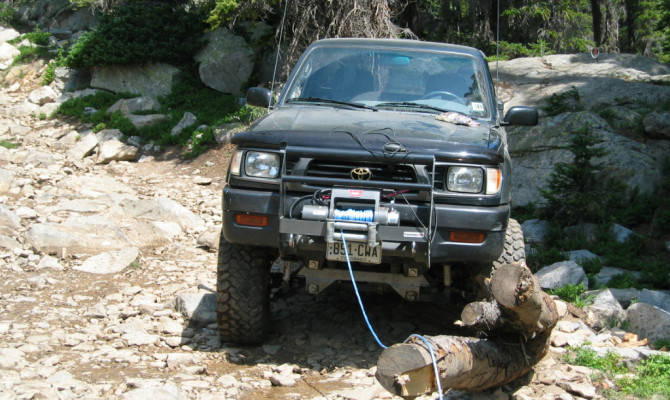 People do the most stupid things to get one car length ahead and take enormous risks such as running red lights just to get home early for dinner…
People do the most stupid things to get one car length ahead and take enormous risks such as running red lights just to get home early for dinner…
Dear Reader:
After I get this off my chest, I am going to feel a whole lot better but I doubt you will.
For it is my hope that you will be mad as hell and want to tell. We will get to that later so bear with me.
I have been writing about cars, driving, and traffic safety for more than 25 years. I got into by accident, no pun intended. I had been covering the often-grisly crime beat for some years when the late Vancouver Police Supt. John Lucy told me in the late 80s that he was transferring to the traffic division.
I blanched. This guy had set up the strike force and dealt with vice in the big city. “You want blood and guts, Morgan, come and talk to me in traffic,” he said dramatically.
I did and he was absolutely right. (more…)
If you only drive on the street then a low profile truck tire will be fine, but if you go offroading then you are going to want more tire in between your rim and the ground…
Tires are one of the most important features of the truck when it comes to improving its ride.
It is vital to make the right choice and then maintain them so they last for a long time. Before you choose the best tire for your truck, it is essential to understand the terms of the truck tire world.
Tires for example are specified in this form – 265/75R/16. The first number is the width of the truck tire, the second number is the aspect ratio or height of the sidewall and the third number is the wheel diameter or rim size.
The height of your sidewall is important and should be chosen based on the conditions where you drive your truck most often. If you only drive on the street then a low profile truck tire will be fine, but if you go off-roading then you are going to want more tire in between your rim and the ground. That way you will not bottom out on the rims when the tires encounter rough terrain off-road.
Wider tires have more contact area with the ground, thus giving your truck a better grip, both on and off road. Your truck’s handling becomes easier because of the bigger tire width. On the other hand, the same wider truck tire will make more noise and may decrease the fuel efficiency of the truck.
Wider tires can also slip more when it rains, not that it rains much in Vancouver.
The size of the rim is a personal preference. The larger sized rims are popular today. Just make sure that the rim and truck tire you choose will fit inside the wheel well of the truck, and don’t forget to upgrade your brakes to help stop this increase in weight. The wheel rim width varies from truck to truck. It can be custom made to suit both on and off road driving conditions. The wheel rim width is rounded off to the nearest half inch of the tire.
Usually, the best choice is to have the rim width at about 90 per cent of the tread width of the tire.
The most important safety aspect of maintenance on your truck is to keep its tires intact and in good shape. A blown tire can cause an accident in an instant. The number one cause of the tire wear and tear is incorrect tire pressure. All the tires on the truck should have consistent air pressure to carry the weight equally. Adequate air pressure is important for a good tire life, handling, and traction.
Look through your owner’s manual, on the sticker inside the driver’s door, or look on the tire itself to find the correct air pressure that you need to maintain them.
Seasonal changes can affect the air pressure of the tires. Cold temperatures are responsible for dropping the air pressure of the tires, and warm temperatures are responsible for increasing the air pressure. A 10 percent swing in the temperatures causes a 1lb. change in the air pressure. Sudden changes in temperature are a good time to check the pressure of the tires.
You can reduce the wear and tear of the truck’s tires by rotating them often. Rotating the tires, keeps the tread wear balanced and can really help when slippery and wet conditions occur. A simple rule about rotating your tires is to do it on every other oil change. Doing this consistent basis, will make the tires last longer and allow a comfortable ride for many, many kilometres.
Every day brings us closer to more favourable spring weather but remember we still have plenty of rain ahead of us. It’s a good time of year to consider whether you need to change your wiper blades and to top up your windshield washer fluid.
There have been very few times that I have gone four wheeling and not run into a situation where a winch is required. (more…)
When extreme winter road conditions hit, it’s a good idea to think about whether you even need to get behind the wheel.
If you have the option, consider public transit or carpool with some who has a vehicle prepared for the conditions.
Also, consider leaving for work just a little later to allow crews to clear the roads.
With challenging road conditions across the province, January is always one of the highest months for crashes in B.C.
Take some small steps to prepare your vehicle for the conditions, such as checking your tire pressure – tires deflate more quickly in cold weather – and top up your vehicle’s anti-freeze, windshield washer fluid and gas.
Over the past five years, 10 people were killed and 36 were seriously injured in impaired driving related crashes in B.C. between Christmas Eve and New Year’s Day. Share the responsibility of being the designated driver this holiday season, or if you’re hosting a New Year’s bash have taxi numbers on hand.
Driving can be challenging no matter where you live in the province at this time of the year. (more…)
Ice and snow can hit unexpectedly at this time of the year.
This is a good time to make sure your tires are rated for the conditions you may be driving in and check your tire pressure regularly – pressure drops in cold weather and overinflated tires can reduce gripping.
It can be very difficult, if not impossible, to tell if tires are under-inflated just by looking at them. Yet most drivers don’t check tire pressure regularly. Proper tire pressure saves money, fuel consumption, helps the environment – and saves lives. Having TPMS on vehicles helps to keep Canada’s roads safe by giving drivers the critical warning they need when one or more of their tires has low air pressure.
Facts on Maintaining Proper Tire Pressure:
Saving lives – vehicle safety and performance
Under-inflation is the leading cause of tire failure. Even if your tires look fine, they could be under-inflated by as much as 20 per cent.
According to a recent study, about 50 per cent of the vehicles on the road in Canada have at least one tire that is either over or under-inflated by more than 10 per cent. In fact, 10 per cent of all vehicles surveyed had at least one tire under-inflated by 20 per cent.
When your tires don’t have the right amount of air, the sides flex, bend and build heat. Under-inflated tires compromise your vehicle’s steering, braking and cornering abilities.
Operating a vehicle with just one tire under-inflated by 8 PSI can reduce the life of the tire by 15,000 km.
Saving fuel and the environment
Annually, 643 million litres of extra fuel are consumed by Canadian vehicles because of improper tire maintenance practices. As a result, over one million tonnes of carbon dioxide are unnecessarily released into the environment.
Canadians dispose of 29 million used tires every year, which has a significant impact on landfills. Even modest improvements in extending tire life could have a significant positive impact on our environment as energy used to produce new tires emits harmful pollutants into the atmosphere.
Saving money
Fuel consumption increases by one per cent for every five per cent of under-inflation. Operating a vehicle with just one tire under-inflated by 8 PSI can reduce the life of the tire by 15,000 km and can increase the vehicle’s fuel consumption by four per cent.
Example:
- If fuel costs $1.32/litre and it takes approximately 9.1 litres per 100 km = $12.01 / 100 km.
- Increasing fuel consumption by 4 per cent = $12.47/100 km
- If you average 22,000 km / year, you would save $100 annually ($2642 vs. $2743) by keeping proper tire pressure
Maintaining proper tire pressure could save you approximately two weeks of fuel a year, enough to pay for one full set of tires over the average nine-year life of a vehicle.
Under-inflation also reduces tire life. Driving with tires that are under-inflated by 8 PSI will increase tire wear by 16 per cent (approximately 15,000 km). This will hit your pocketbook as you will have to replace tires sooner than you would if they were properly maintained.
Tire Pressure Monitoring System
TPMS will trigger the dashboard symbol to illuminate when one or more tires are under-inflated by 25 per cent.
TPMS improves your vehicle’s handling and stability, decreasing your chances of catastrophic tire failure and having an accident.
While not currently mandated, an estimated 70 per cent of new vehicles (models from 2007 and after) sold in Canada are TPMS-equipped.
Starting in 2007, TPMS became a legislated feature on all passenger vehicles sold in the U.S.
Tips for Drivers:
Get in the habit of manually checking your tire pressure at least once a month or before a long road trip. Even if your vehicle has TPMS installed, regular tire maintenance is the best way to increase your safety.
The best way to get the most accurate reading is to check your tire pressure before you drive, when the tire is cold.
To determine if your vehicle has TPMS, look for the TPMS symbol on the dashboard when you first turn your key to the on position. Consult your owner’s manual for more information.
When installing winter tires or buying new wheels, be sure to have TPMS sensors installed in the wheels. Failure to do this will make your TPMS inoperative.
Large temperature drops, usually during winter, can cause the low tire pressure warning to come on. Have a tire service centre properly check your tire pressure and TPMS if this happens.
TPMS batteries, expected to last between five and seven years (or approximately 140,000 – 160,000km per year), are encased and can’t be replaced. Since some of the first TPMS-equipped vehicles have now been on the road for more than five years, drivers will soon need to see TPMS specialists for maintenance. Once the battery dies, a new TPMS sensor must be installed.
When the TPMS illuminates on your dashboard, it means one or more of your tires may be at least 25 per cent below recommended inflation pressure. Pull over and check your tire pressure. Once checked, if the tires appear normal, proceed with caution to a tire service centre to have them properly inspected.
Recent Comments
- { Enjoyed your Forest of Bowland in the BMW X5M, particularly the photo of the BMW in front of the main part of Stonyhurst College where... }
- { Bantam designed the Jeep, not Willy's or Ford. The American military gave the original Bantam prototype to Willys and Ford to copy. There is plenty... }
- { All Escalades come with a 6.2-lilter V8 engine that produces 420 horsepower. A six-speed automatic is the only transmission offered and drives the rear wheels.... }
- { Alexandra is an excellent journalist. }
Popular Posts
- Journey to a ‘Sparkling’ Luxury Okanagan Resort “Four lucky readers will put a Dodge Journey’s weekend-...
- The Need For Speed: Hike Those Highway Limits More than half of those polled believe the province sho...
- Drives-U-Crazy… Erratic drivers. An early morning drive from Kelowna to Vancouver is nor...
- Readers Respond: The Pros and Cons of Increasing B.C. Speed Limits Increasing the speed limits will only increase risk to...
- Honda CR-V Review: The Compact Crossover To Get Things Done The CRV is a very stylish and aerodynamic crossover veh...












